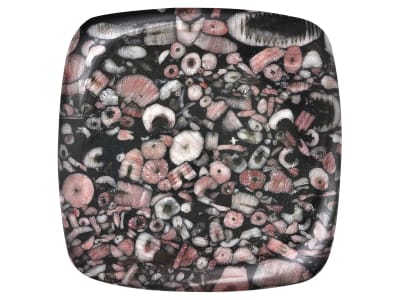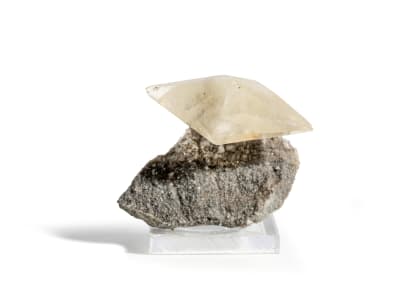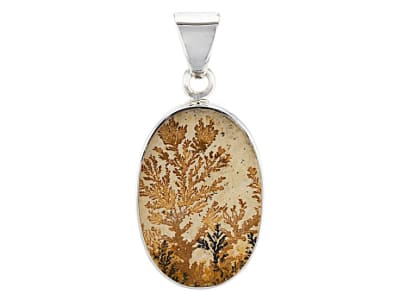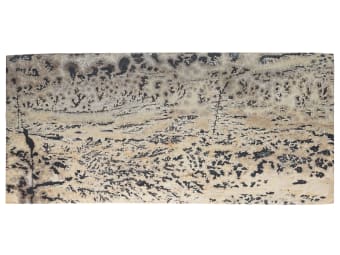Limestone is composed mainly of calcite and occurs in thick extensive, multiple layers. It is formed in shallow seas from a combination of calcium carbonate or the accumulation of shells and skeletons of calcareous marine organisms. Limestone is abundant and is very important commercially as it has a number of different uses as a building stone, cement and as a raw material in the glass manufacturing process. Limestone that is recrystallized under heat and pressure becomes marble.
General Information
Limestone Colors
-
 Brown
Brown -
 Gray
Gray -
 Gray
Gray -
 Pink
Pink -
 White
White -
 Yellow
Yellow
Alternate Names
Travertine, chalk, coquina, fossiliferous limestone, lithographic limestone, oolitic limestone, tufa
Countries of Origin
Unknown; China; United States of America; Ukraine; Brazil; Germany
History
Limestone has been used as a building material from Ancient times. The Great Sphinx was made from limestone. The columns of the Parthenon and the casing stones of The Great Pyramid are also made of limestone. Many medieval churches and castles are made from the material. Many modern iconic buildings like the Lincoln Memorial and the Empire State Building are made from Indiana limestone.
Care
Limestone is soluble in hydrochloric acid.
Species/Variety
Coquina
Coquina is a poorly cemented limestone that is composed of shells and remains of fossilized invertebrates like brachiopods, mollusks, and trilobites. It gets its name from the Spanish word for shellfish.
Travertine
Travertine is a type of limestone that forms in caves or geothermal hot springs when calcite or aragonite is deposited through precipitation from mineralized water solutions. The most notable Travertine comes from Italy where the stone was quarried by the Ancient Romans. It is white, tan or cream in color and often shows concentric circles or layered swirls patterns.
Crinoidal Limestone
Crinoidal Limestone contain crinoid fossils. Crinoids are marine animals from the class Crinoidea which includes starfish, brittle stars, sea urchins and sea cucumbers. Most cuttable material comes from China.





